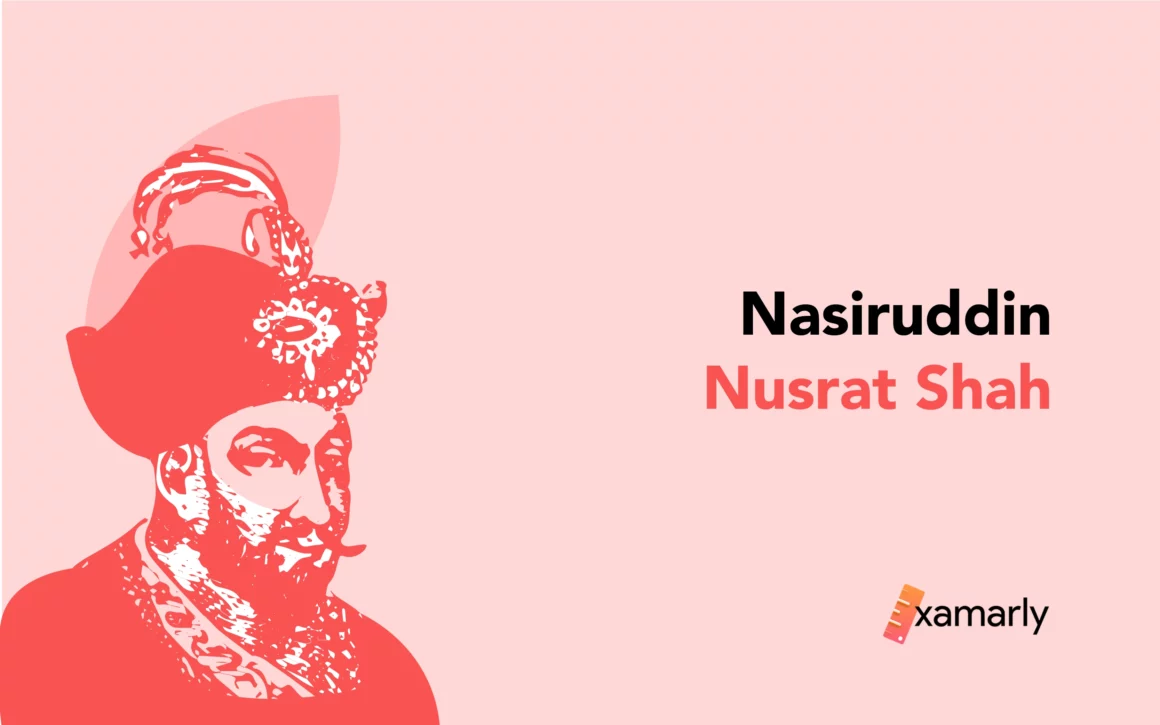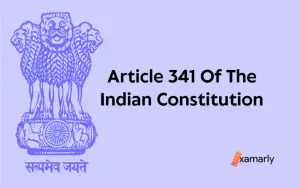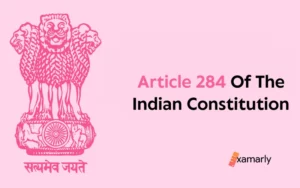Medieval India has seen numerous invaders who turned out to be the rulers of the land. Nasir Ud Din Nusrat Shah Tughluq was one of the most powerful rulers who ruled over the Delhi sultanate was the Tughluq dynasty. It was also known by other names such as the Tughluq or the Tughluk dynasty. It was preceded by the Khalji dynasty. Having Indo-Turkic origin, it was a Muslim dynasty. It established its reign in Delhi in the year 1320.
Under the Tughluq dynasty, various Sultans ruled over the Indian subcontinent. One of them was Nasir-Ud-Din Nusrat Shah Tughluq. Read on to find out more about this ruler, his reign, and his coinage.
Who Was Nasir Ud Din Nusrat Shah Tughluq?
Sultan Nasir-Ud-Din Nusrat Shah Tughluq was also known as Nusrat Shan or Nasrat Khan. The name given for his personal use was Nusrat Khan ibn Fateh Khan ibn Feroze Shah. He was one of the last rulers of the Tughluq Dynasty. His father was Fath Khan. He became a claimant to the throne during the reign of Mahmud II. To succeed in claiming the throne, he was brought forward from Mewat. Following this, he was placed in the royal palace situated in Firozabad.
Reign Of Nasir Ud Din Nusrat Shah Tughluq
Nusrat Shah was granted power in the year 1394 and it lasted through 1398. He was to rule from Firozabad. On assuming power, the Delhi sultanate was split into two parts. He gained control of Firozabad, the eastern part of the split sultanate. In addition to that, he controlled parts of Panipat, Doab, Rohtak, Sonepat, and Jhajjar. His reign lasted about four years.
Related – Slave Dynasty: A Brief History
Coinage
As per historical records, the coinage of Nusrat Shah included three types of coins. The coins comprised mainly copper coins, a few gold coins, and a silver coin. The copper coins were known as “falus”. The gold coins were known by the name of “tankas”, while the single silver coin was called ‘tanka’. The legend “Nusrat Shah” is depicted on the front of the copper half falus, while “Hazrat Delhi” is imprinted on the reverse side of the coin.
Conclusion
Between the years 1330 and 1335, the Tughluq dynasty reached its peak and ruled most of the Indian subcontinent. However, by the time Nusrat Shah ascended the throne and gained power, the Tughluq dynasty was almost nearing its end. He was the second-last ruler of his dynasty. He ruled for a short period of four years. The Tughluq dynasty was succeeded by the Sayyid dynasty after its disestablishment in 1413.






